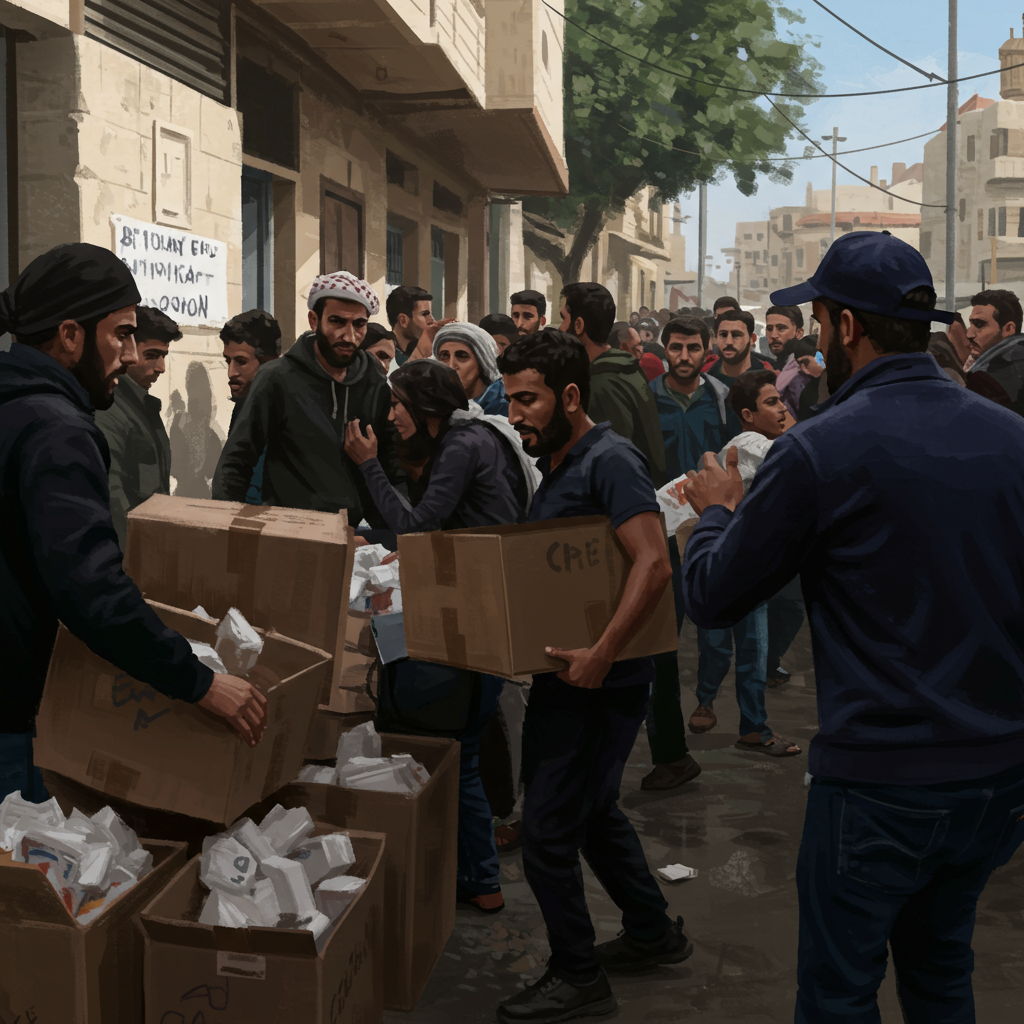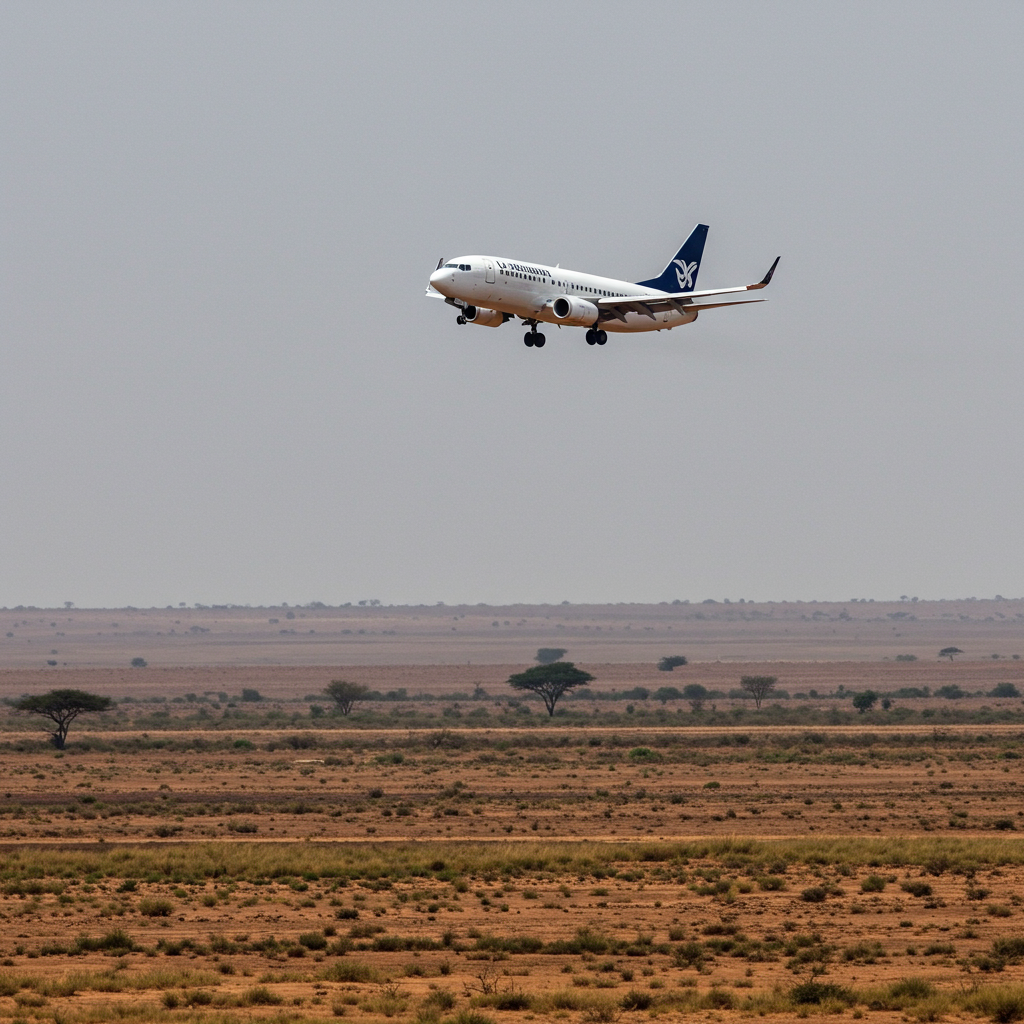The humanitarian situation in Gaza has reached a critical point. For civilians desperate for food and essential supplies, the very act of seeking help has become fraught with extreme danger. Recent reports highlight alarming levels of violence and chaos surrounding aid distribution points, turning crucial lifelines into perilous zones. This crisis is deepening an already dire humanitarian catastrophe impacting hundreds of thousands of Palestinians.
Seeking Aid: A Perilous Undertaking
Reports from the ground paint a grim picture. For many, accessing humanitarian aid now means risking their lives. In the southern areas, specifically near designated distribution hubs, numerous incidents of violence have resulted in civilian casualties. Local health officials indicate that hundreds of Palestinians have been killed or injured while attempting to reach aid supplies over the past month alone. These aid centers, intended as safe havens, are being described starkly as “death traps” by international observers.
The sheer desperation drives people to these dangerous locations. As one U.N. spokesman noted, “Gaza is the hungriest place on earth.” This level of need creates chaotic and unsafe environments. When aid is delivered, the overwhelming demand often leads to situations where it is “getting plundered immediately by the population,” illustrating the intense level of desperation.
The Deepening Hunger Crisis
The reality on the ground is one of widespread hunger and near-starvation conditions for large segments of the population. The limited trickle of aid entering the enclave is nowhere near sufficient to meet the immense needs. International organizations, including various U.N. agencies and others, have struggled to deliver aid effectively, particularly in northern Gaza where access is even more restricted.
Witness accounts describe aid trucks carrying essential goods like flour being immediately surrounded and ransacked within minutes of entering certain areas. This chaos, while tragic, underscores the extreme food insecurity faced by residents. The desperate scramble for basic necessities highlights the breakdown of order fueled by prolonged deprivation. Ensuring safe passage and orderly distribution remains a monumental challenge for all involved parties.
Complexities of Aid Delivery Mechanisms
The landscape of aid delivery in Gaza is complicated and contested. A new system, which reportedly began operating about a month ago, is backed by Israel. This system, overseen by the Gaza Humanitarian Foundation, operates primarily from a limited number of hubs located mainly in the southern part of the territory. This approach was implemented following a period where Israel had largely blocked aid deliveries, citing concerns that Hamas was diverting or looting supplies intended for civilians.
However, this new system has faced significant criticism and challenges. The limited number of operational points contributes to overcrowding and heightened danger. Furthermore, the overall volume of aid permitted remains critically low compared to the needs assessed by humanitarian organizations. The recent announcement of $30 million in funding from the U.S. for the Gaza Humanitarian Foundation indicates ongoing international efforts to find workable aid delivery channels, but the effectiveness and safety of these channels are under intense scrutiny given the high casualty rate.
Background and Political Context
The current humanitarian crisis is inextricably linked to the ongoing conflict. Restrictions on the entry of goods, including humanitarian aid, have been a major point of contention for months. Israel maintains it is facilitating aid while preventing supplies that could benefit Hamas. Humanitarian agencies counter that the inspection processes and restrictions are overly stringent and slow, severely limiting the flow of necessary goods. The blockade that was in place for nearly three months significantly exacerbated the already fragile humanitarian situation.
This complex backdrop of conflict, security concerns, and political disagreements directly impacts the ability of aid organizations to operate safely and effectively. The lack of secure passage and reliable ceasefires or humanitarian pauses creates an environment where both aid workers and aid recipients are at constant risk.
The Human Cost of Inaccessible Aid
Beyond the statistics of casualties and aid trucks, the crisis represents immense human suffering. Families are struggling daily to find food and water. Children are facing malnutrition. The healthcare system is on the brink of collapse, unable to cope with the influx of injured or the spread of disease, which is worsened by lack of clean water and sanitation.
The inability to safely access aid means that even when supplies are physically present in Gaza, they may not reach those who need them most. Vulnerable populations, such as the elderly, sick, or those unable to navigate dangerous crowds, are particularly at risk of missing out on essential support. This situation creates a devastating cycle where conflict leads to crisis, and the challenges of resolving the crisis are amplified by the ongoing conflict and its effects on aid delivery.
International Efforts and Persistent Challenges
The international community has repeatedly called for increased and unimpeded access for humanitarian aid throughout Gaza. Various proposals have been put forward, including temporary ceasefires, humanitarian corridors, and alternative delivery methods such as airdrops or sea routes. While some of these methods have been attempted, they often face logistical hurdles, safety risks, or simply cannot deliver the volume of aid required.
Aid agencies on the ground face immense operational challenges. They must navigate active conflict zones, coordinate with multiple parties, ensure the safety of their staff, and manage the logistics of transporting and distributing goods in a devastated infrastructure. The reported violence at distribution points adds another layer of complexity and risk to their already difficult mission. The effectiveness of international aid hinges entirely on the ability to deliver it safely to the civilian population in need.
The Path Towards Safe Aid Delivery
Ensuring safe aid delivery in Gaza requires fundamental changes. A sustained ceasefire or significant cessation of hostilities is a critical first step. This would allow for the safe movement of aid convoys and the establishment of secure, predictable distribution points. Improved coordination mechanisms involving all relevant parties – including Israel, Palestinian authorities, and international humanitarian organizations – are also essential.
Furthermore, there needs to be a significant increase in the volume of aid allowed into Gaza, along with fewer restrictions on the types of goods permitted. Rebuilding or repairing critical infrastructure like roads and communication networks is also necessary for efficient distribution. Without these changes, the delivery of aid will continue to be insufficient, chaotic, and tragically dangerous for the desperate population it aims to serve. Addressing the root causes of the conflict is ultimately necessary to resolve the humanitarian crisis permanently.
Frequently Asked Questions
What makes aid distribution points in Gaza so dangerous for civilians?
Aid distribution points in Gaza have become perilous due to a combination of factors. Extreme hunger and desperation lead to chaotic rushes for supplies, increasing the risk of stampedes and injuries. Critically, these locations have also been the site of violence, including reported gunfire and other deadly incidents, tragically resulting in hundreds of civilian deaths according to local health officials. The lack of secure, orderly distribution mechanisms in a conflict zone contributes significantly to these dangers.
Which aid systems are currently operating in Gaza, and what are their challenges?
Currently, multiple systems attempt to deliver aid to Gaza. This includes efforts by various United Nations agencies and other international humanitarian organizations, who face immense challenges including restricted access, security risks for convoys, and difficulty coordinating movement within a war zone. Additionally, a new, Israeli-backed system operated by the Gaza Humanitarian Foundation has begun distributing aid primarily in southern Gaza. This system also faces challenges, including a limited number of operational hubs and the dangerous conditions at those sites, described by some as “death traps.”
How severe is the hunger crisis in Gaza, and what are the main reasons for it?
The hunger crisis in Gaza is assessed as extremely severe, with one U.N. spokesman stating it is the “hungriest place on earth.” Large parts of the population face critical levels of food insecurity and starvation. The main reasons include the ongoing conflict, which has devastated infrastructure and disrupted livelihoods, and significant restrictions on the entry of essential goods, including food and humanitarian supplies, for extended periods. The limited amount of aid getting through, combined with the dangers and difficulties of distributing it safely, exacerbates the crisis.
Word Count Check: 1092




